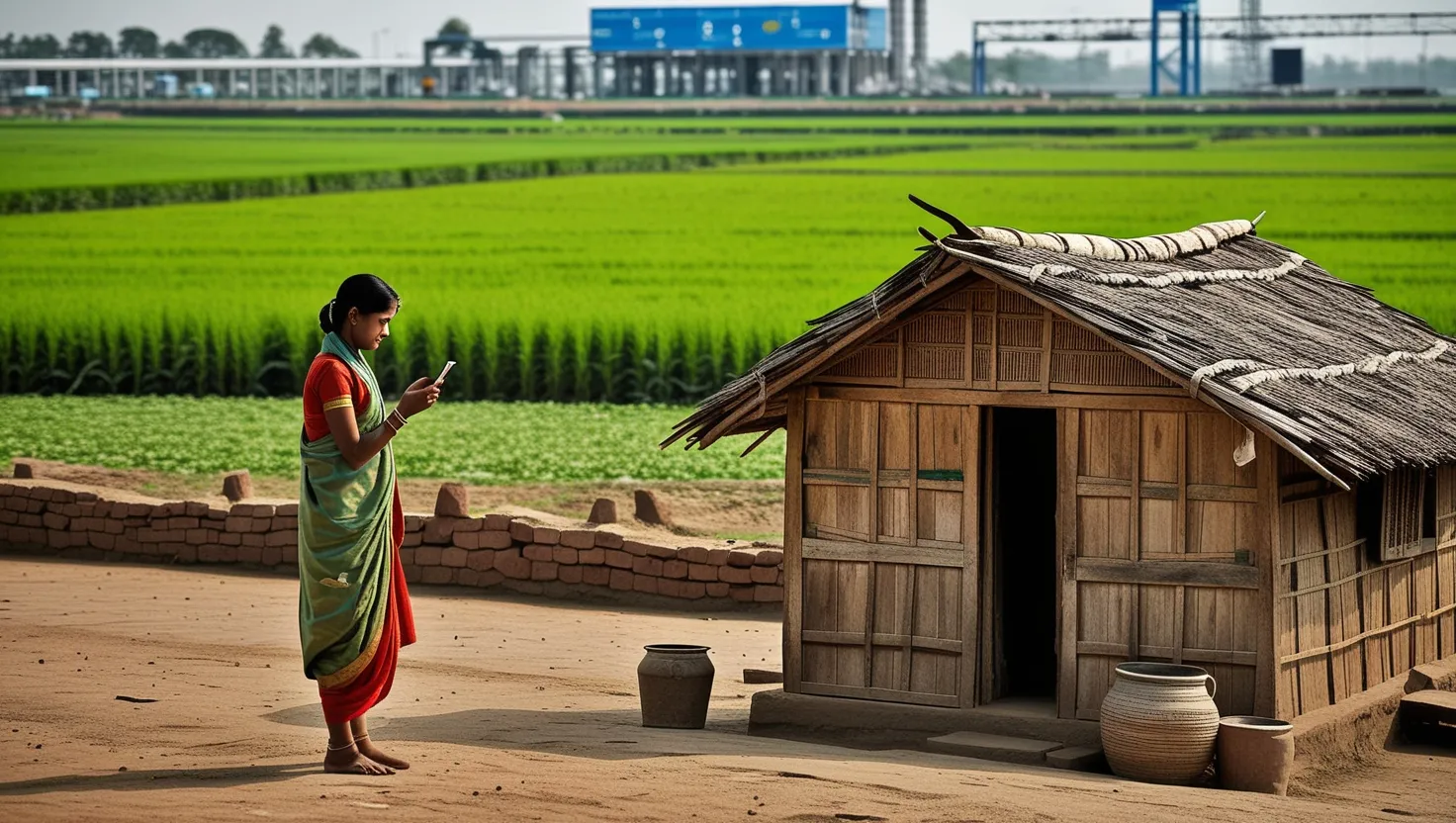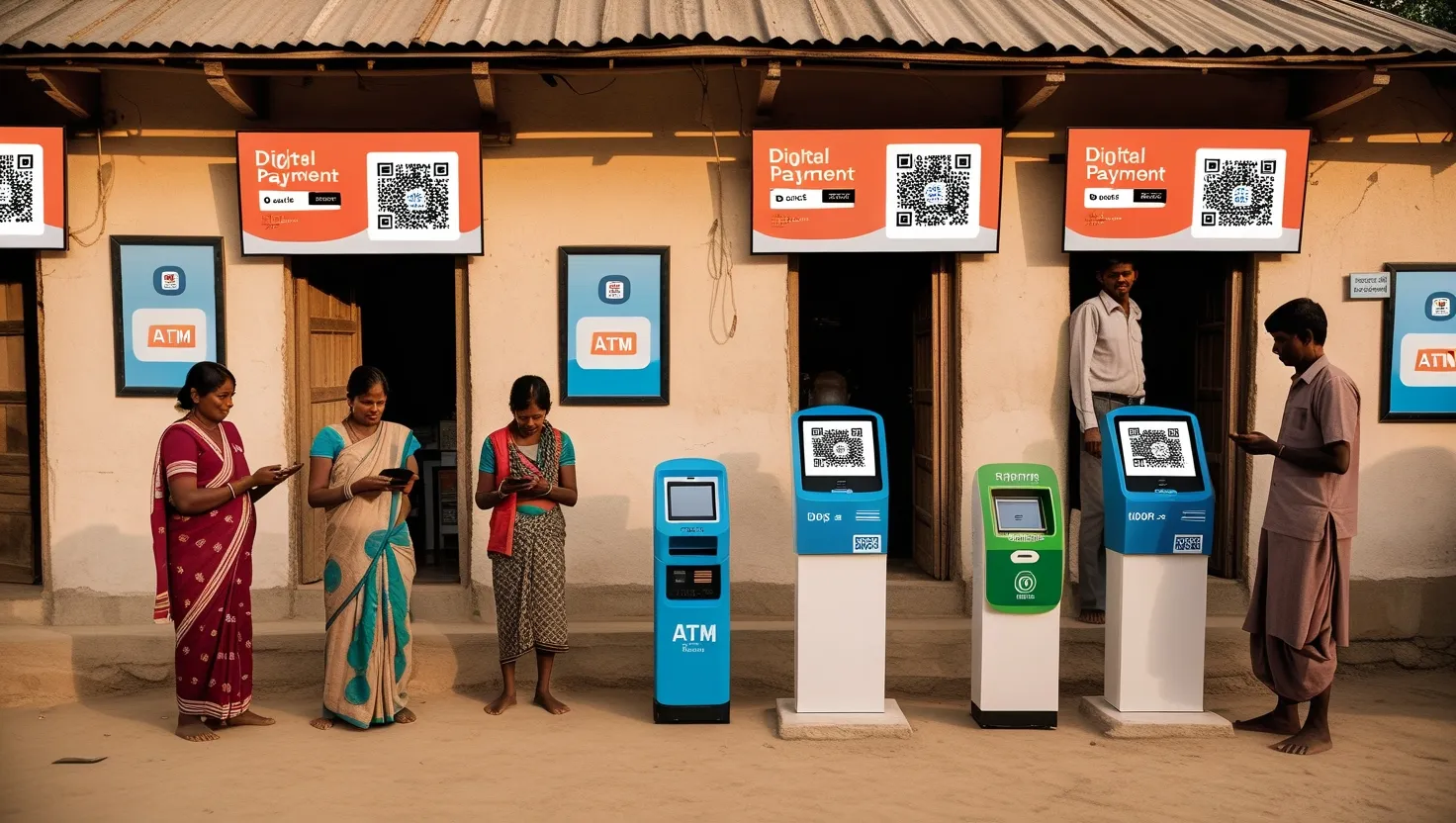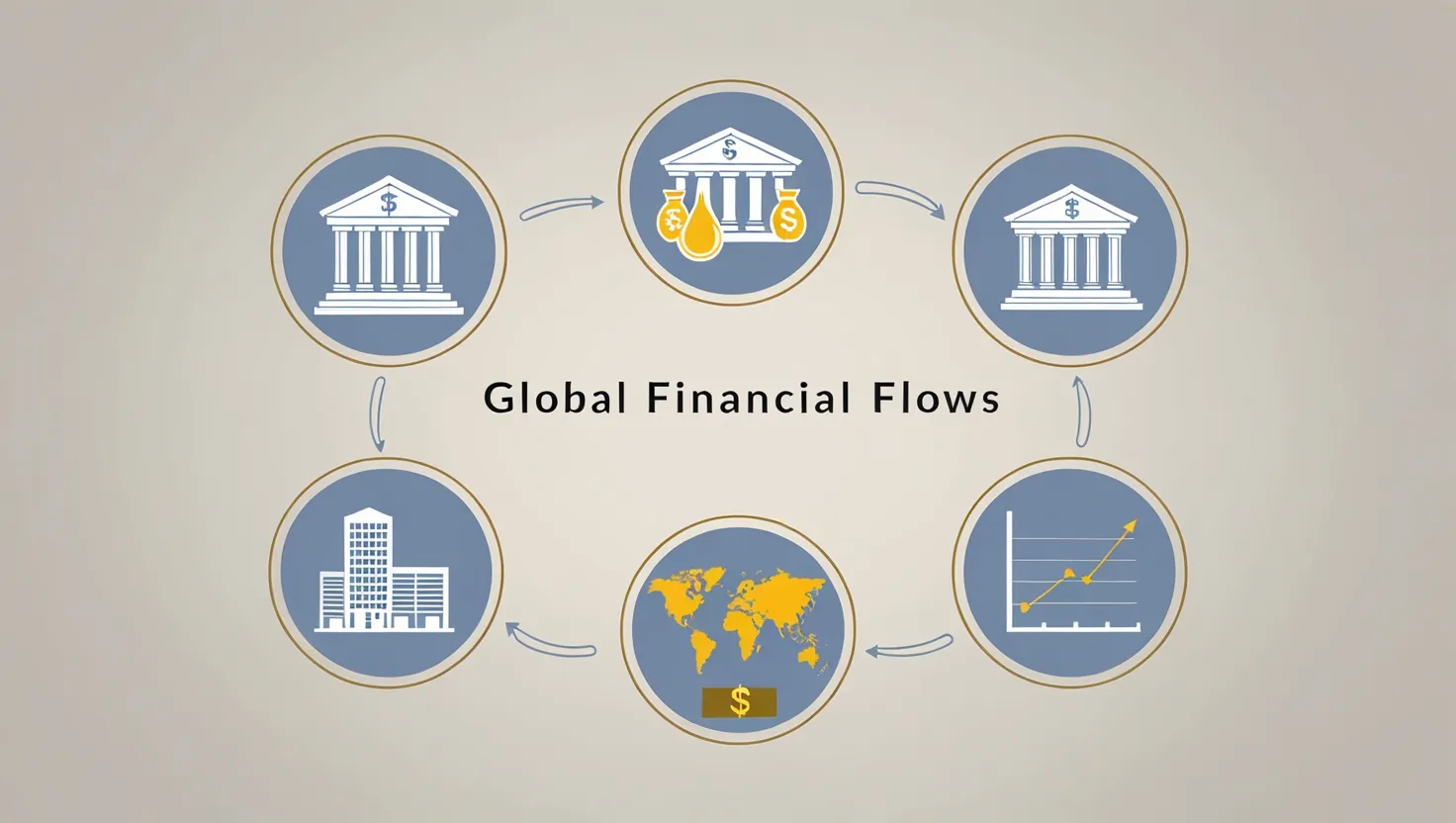As I reflect on the transformative journey of India’s banking landscape, it becomes clear that the last decade has been a watershed period, marked by innovative initiatives that have revolutionized financial inclusion. At the heart of this transformation is the Pradhan Mantri Jan Dhan Yojana (PMJDY), a program that has single-handedly changed the face of banking in India.
Launched in 2014, PMJDY was met with a mix of skepticism and optimism. However, its impact has been nothing short of phenomenal. Over 530 million bank accounts have been opened under this scheme, with a significant 66% of these accounts in rural and semi-urban areas. This is not just a number; it represents a seismic shift in how financial services are accessed and utilized in these regions. Women, too, have been major beneficiaries, with 55% of the accounts held by female account holders.
The initial skepticism surrounding PMJDY has given way to a resounding success story. These accounts have not only provided a safe and secure place for savings but have also facilitated the accumulation of significant deposits. The total deposit balances under PMJDY accounts now stand at an impressive figure, highlighting the trust and confidence people have in the banking system.
One of the lesser-known but crucial aspects of PMJDY is the issuance of RuPay cards. These cards have been instrumental in promoting digital transactions, especially in areas where traditional banking infrastructure is scarce. With over 227 million RuPay cards issued, the transition from cash to digital payments has been smoother than anticipated. This shift is not just about convenience; it’s about creating a more transparent and efficient financial ecosystem.
Beyond PMJDY, another game-changer has been the BHIM app and the Unified Payments Interface (UPI). UPI has democratized mobile payments, making it possible for anyone with a smartphone to transfer money instantly. The BHIM app, named after Bhimrao Ambedkar, has further simplified this process, ensuring that even those with basic mobile phones can participate in the digital payment revolution. This has not only reduced the reliance on cash but has also opened up new avenues for small businesses and entrepreneurs.
Aadhaar-enabled Payment System (AePS) is another initiative that has leveraged biometric technology to enhance financial inclusion. By using Aadhaar, the unique identity number assigned to every Indian citizen, AePS allows for secure and seamless transactions. This system has been particularly beneficial for the elderly and those in remote areas who may not have access to traditional banking services. It’s a testament to how technology can be harnessed to bridge the financial inclusion gap.
Micro-insurance schemes have also played a pivotal role in protecting the financial well-being of low-income groups. These schemes offer affordable insurance products that cater to the specific needs of this demographic. By providing a safety net against unforeseen events, micro-insurance has helped stabilize the financial lives of millions, enabling them to plan for the future with greater confidence.
Despite these successes, there are challenges that need to be addressed. One of the primary concerns is the sustainability of these initiatives. Ensuring that the gains made are not short-lived requires continuous support and innovation. For instance, improving policy communication and ironing out the kinks in the bank-agent model are crucial for long-term success.
The long-term effects of these initiatives on India’s economy and social development are profound. By reducing financial exclusion, these programs have created a more inclusive economic environment. This, in turn, has boosted economic growth and reduced poverty. The increased access to credit and government benefits has empowered individuals and families, enabling them to make better financial decisions and improve their quality of life.
As we look to the future, it’s clear that technology will continue to play a pivotal role in enhancing financial inclusion. Fintech companies are poised to bridge the gaps in underserved regions, ensuring seamless access to financial services. The RBI’s Financial Inclusion Index, which has risen significantly over the past few years, is a testament to the progress made and the potential for further growth.
In conclusion, the journey of financial inclusion in India is a story of resilience, innovation, and collective effort. From PMJDY to RuPay cards, UPI, AePS, and micro-insurance schemes, each initiative has contributed to a more inclusive and robust financial ecosystem. As we continue to leverage technology and policy reforms, the future looks promising – a future where every citizen has access to the financial services they need to thrive. This is not just about banking; it’s about building a more equitable and prosperous society.






